|
Since becoming a national historic site in 1992, Manzanar has been undergoing great change and development, as we design and complete projects to enhance the visitor experience. All of the projects listed on this page are funded, in part, by the American taxpayer, with help from generous donations. Auto Tour Road Paving 
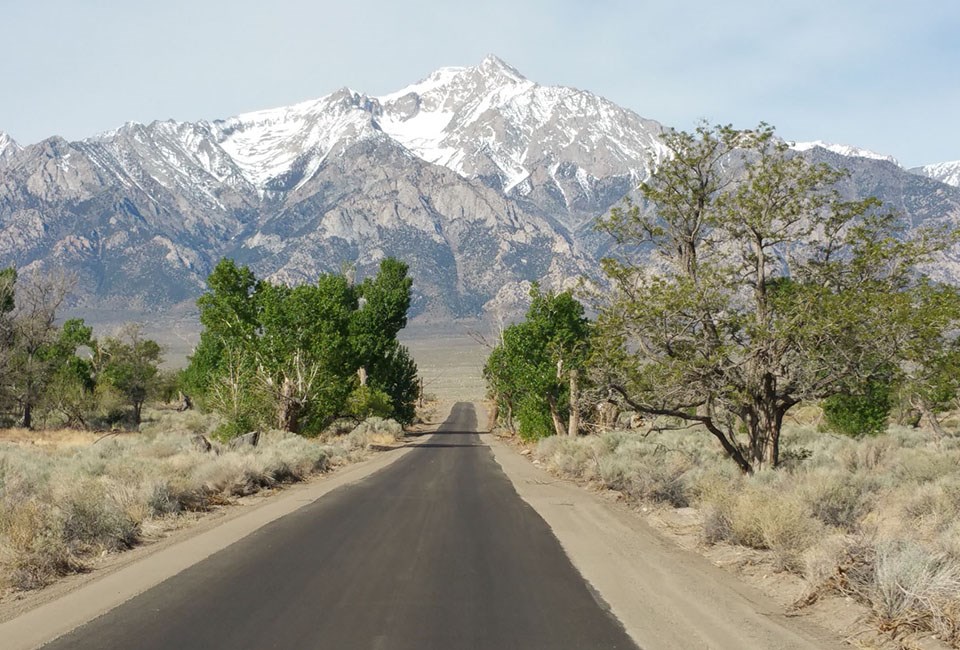
Left image
Right image
Guard Tower Reconstruction 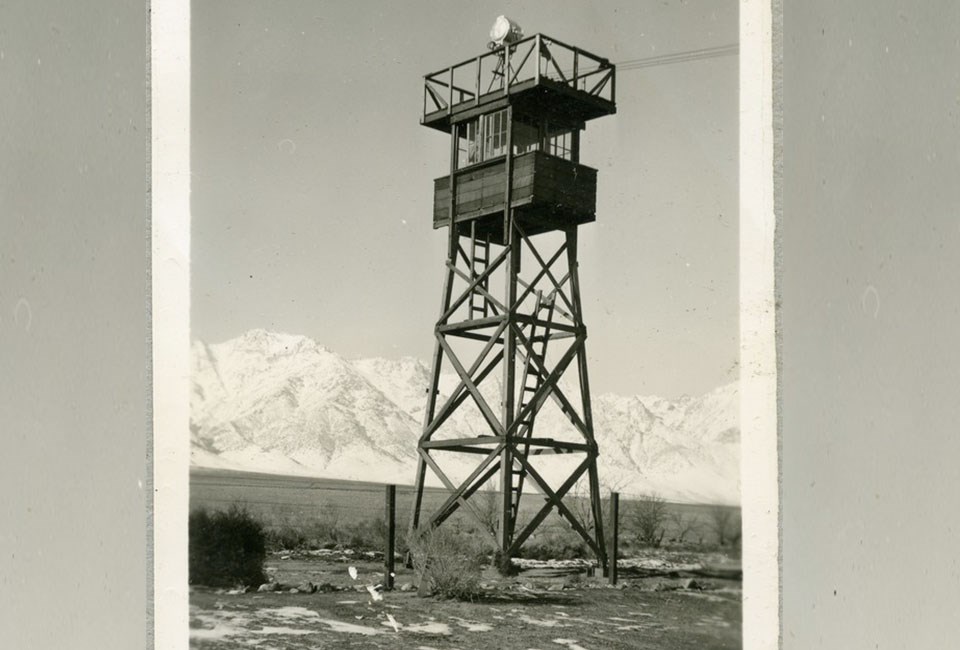
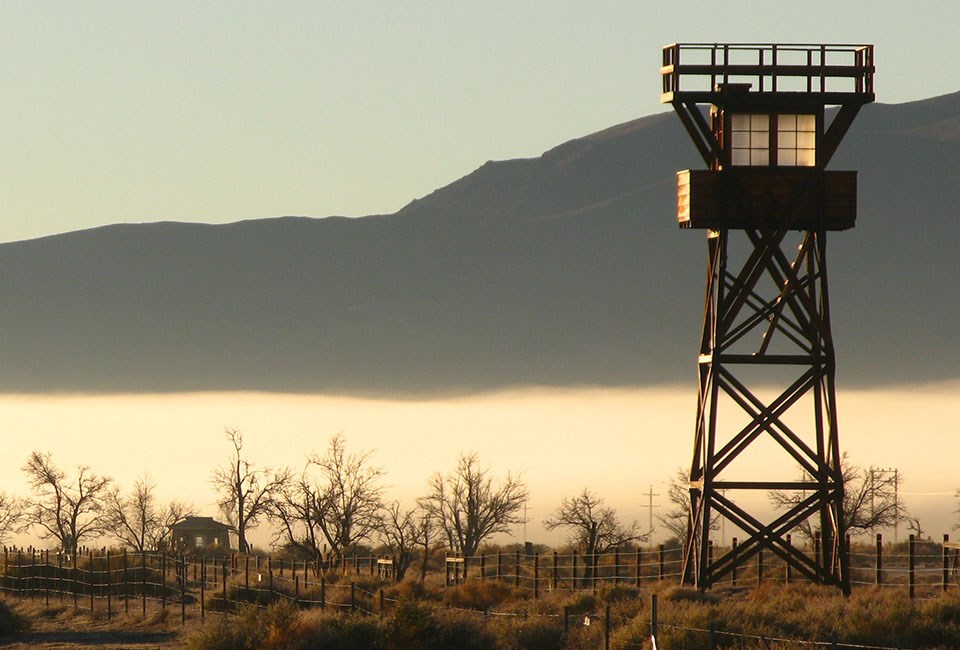
Left image
Right image
Mess Hall Move 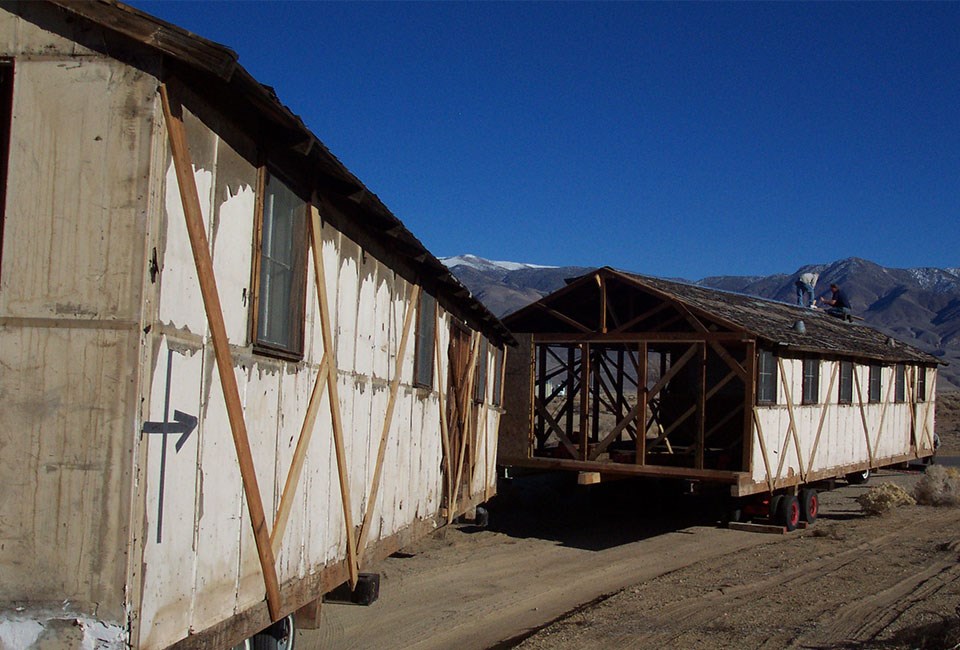
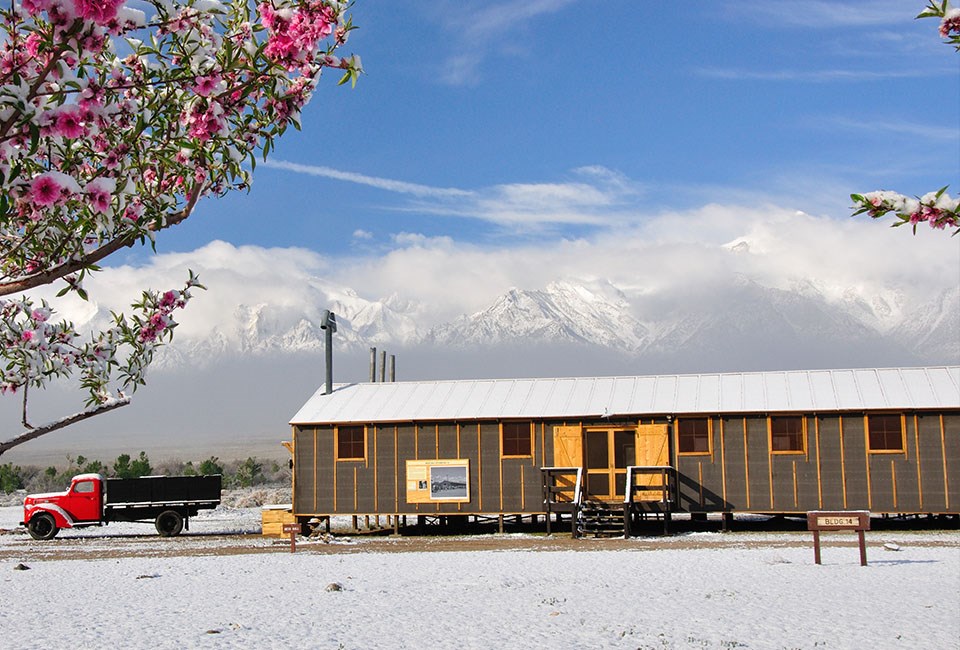
Left image
Right image
Auditorium Restoration 
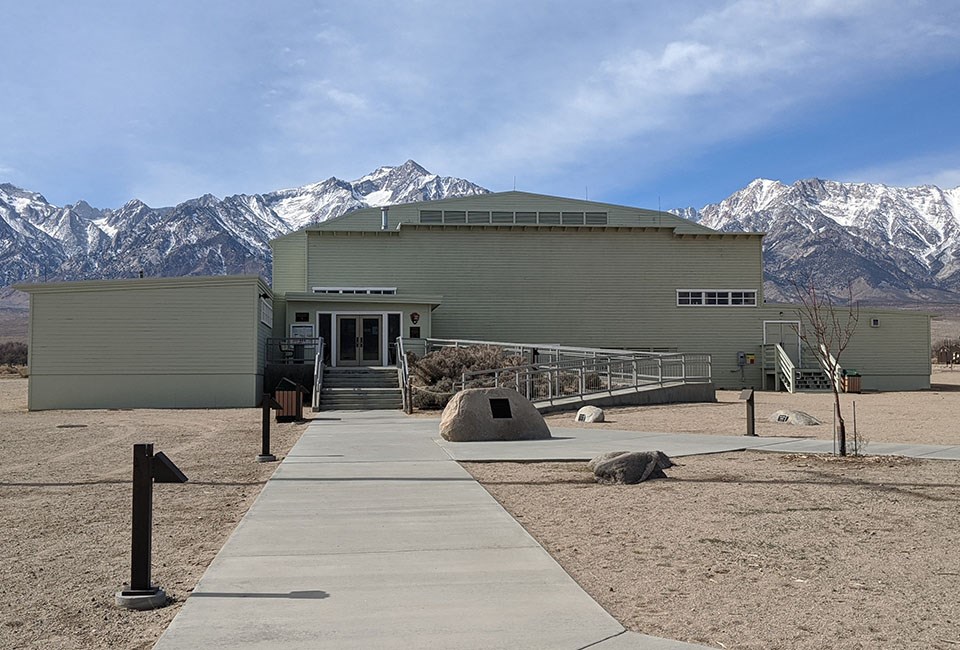
Left image
Right image
|
Last updated: May 14, 2020
